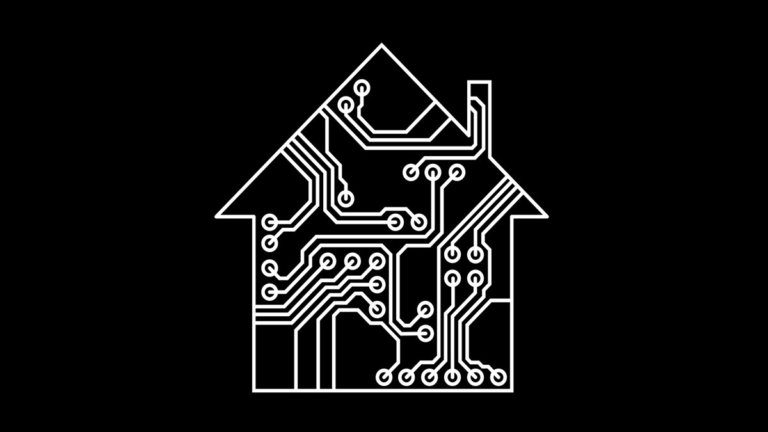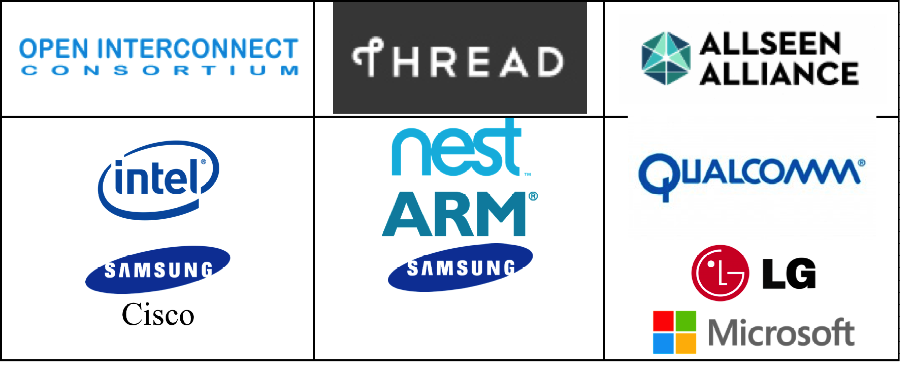Consumer
Cable in the Internet of Things

It seems there’s only one thing everyone can agree upon about the Internet of Things – it includes the Internet and connected “things.” There are numerous standards and products that define specific areas within the Internet of Things (home automation, instrumented factories, and connected parking to name a few), but consumers are still largely unaware of what it might mean for them. The cable industry, as a primary provider of consumer Internet services, is in a position to help define the Internet of Things in the home environment.
CableLabs believes the cable industry can leverage its deployed equipment, services and infrastructure to establish a foothold in the Internet of Things and use that position to strategically develop new sustainable advantages for cable providers and cable customers.
Cable operators already have a presence in the home with equipment and a fleet of service personnel. MSO customer service centers are already taking millions of calls for MSO products and services as well as products and services they don’t sell. With the Internet of Things, those calls are likely to increase. This is an opportunity. If cable is already perceived as the place to call to get the problem solved, it may makes sense to satisfy that need. This is not only an opportunity for a customer service person to exceed customer expectations, it’s also a selling opportunity. A caller who has a problem with a product the MSO doesn’t sell may be interested in a service the MSO does sell.
The Internet of Things poses some special challenges. Among these is an unusually high dependence on cooperation. Any attempt to “corner the market” by cutting out a competing protocol or class of devices might actually reduce the value of your own services and products.
To address this paradox, several consortia are being formed to try to collect the technologies and offer the tools that will provide the mix most likely to succeed. Perhaps the most well known of these is the AllSeen Alliance.
The AllSeen Alliance was formed when Qualcomm offered their AllJoyn code as an open source project to integrate connected things on diverse networks. The open source approach benefits from the loose affiliation of developers who can enhance the code to integrate new products without a lot of overhead. However, it suffers from the lack of a certification process or the use of common standards. The AllSeen Alliance hopes that a common code base will overcome these interoperability problems.
Another major alliance, The Open Interconnect Consortium (OIC), has been formed by Intel, Samsung and Cisco (among others). The Open Interconnect Consortium, like AllSeen, has an open source code base, but it also has a separate standards division that will assemble a canon of open standards and provide a certification process to ensure interoperability between Open Interconnect Consortium certified products.
As more lightweight, power stingy devices are created, relatively newer standards designed for these networks and devices must be integrated into the existing Internet. The Thread alliance (led by NEST, ARM and Samsung) was formed to address this growing segment of the Internet of Things. The Thread alliance will also rely on existing standards, but they are pushing for an Internet Protocol (IP)-based approach for lightweight device communication to rival ZigBee, Z-Wave and other low-power networks.
Another alternative is being offered by Apple, Wink, Connect, and other consumer facing brands. Apple’s recent announcement of the HomeKit and HealthKit APIs indicates that they will use iOS devices (iPhone and iPad) to create an internet (small “i") of Things. Devices in the Apple ecosystem will need to be Apple certified. Apple has a reputation for creating tightly integrated and well-designed ecosystems with their own products and services. Their ability to succeed with this strategy should not be ignored. Still, the Internet of Things, in its ultimate realization will be bigger than any insular ecosystem and Apple may have to eventually look beyond their own iSystem.
CableLabs is working towards a cable operator solution that will allow MSOs to bridge the gap in interoperability left by the various standards and alliances. Initially, this will involve integration between a few data models and development of a proof-of-concept demonstration.
By Clarke Stevens -


